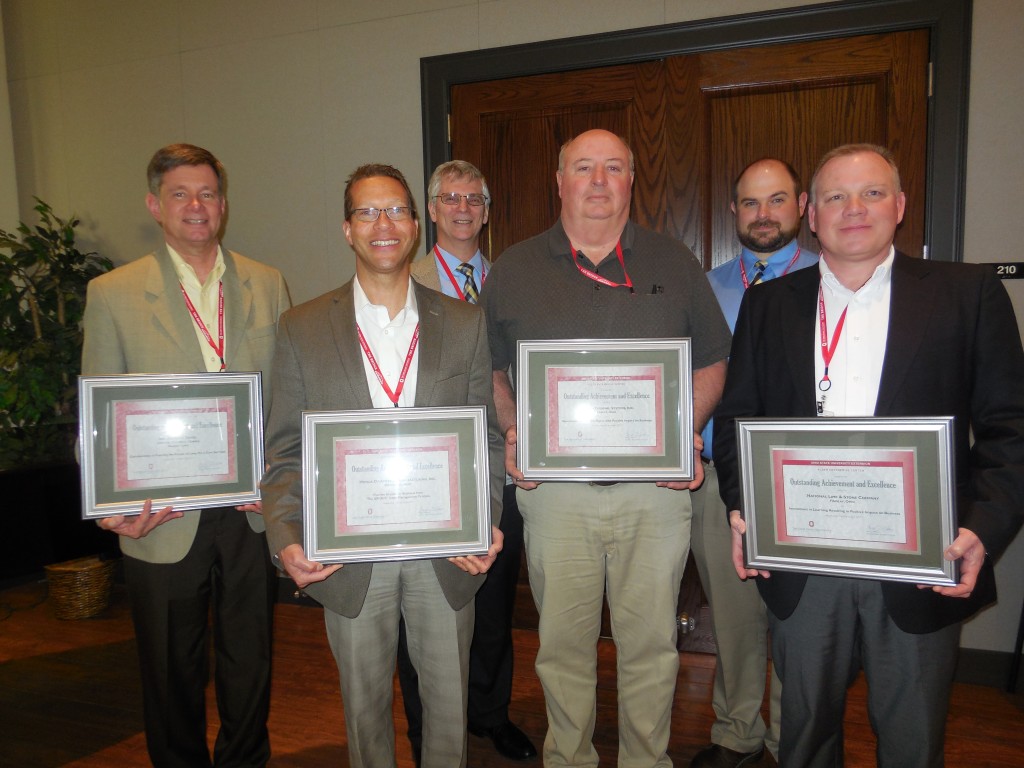 When we ask “What is employee training?” it is not surprising that we get different responses. Of course, no one particular answer is more correct than another. One definition of training to consider is as follows: Training is the process whereby people acquire capabilities to perform jobs. No company wants poorly trained employees. Their mistakes can be very costly to your company. Training provides employees with specific, identifiable knowledge and skills. Sometimes we will talk about training and development together. Development is different than training. Employee development is broader in scope and focuses on employees gaining new capabilities useful for both present and future employment. Training may include “hard” skills and “soft” skills. A “hard” skill would be learning how to operate a machine or piece of equipment. A “soft” skill would be how to effectively communicate with other employees.
When we ask “What is employee training?” it is not surprising that we get different responses. Of course, no one particular answer is more correct than another. One definition of training to consider is as follows: Training is the process whereby people acquire capabilities to perform jobs. No company wants poorly trained employees. Their mistakes can be very costly to your company. Training provides employees with specific, identifiable knowledge and skills. Sometimes we will talk about training and development together. Development is different than training. Employee development is broader in scope and focuses on employees gaining new capabilities useful for both present and future employment. Training may include “hard” skills and “soft” skills. A “hard” skill would be learning how to operate a machine or piece of equipment. A “soft” skill would be how to effectively communicate with other employees.
In this series of articles, we will discuss several key components of employee training. These include the following:
- Training defined.
- Strategic training approach.
- Four phases of the training process.
- Types of analysis to determine training needs.
- Internal, external and e-learning training delivery methods.
- Levels of training evaluation.
- Intercultural competence training for global employers.
We have seen contemporary training in companies change considerably over the years. Factors affecting the changes include the competitive environment and technology. Four specific areas have been affected. Each area is discussed below:
A. Organizational Competitiveness and Training
Companies realize that training their employees is important to a successful business. Estimates say approximately $60 billion is spent annually on training in the U.S. On average this expense is 1.5% – 2.0% of payroll expenses. This data is from a study conducted by The American Society for Training and Development (ASTD). Training can be compared to “continuous improvement.” If your employees are not properly trained, you could lose competitive advantage in the market. Retraining good employees is enhanced by an effective training program.
B. Knowledge Management and Training
Historically, competitive advantage among companies was measured in terms of physical capital. Today, “intelligence” is considered a raw material used by “knowledge workers.” Knowledge management is the way a company identifies and leverages knowledge in order to be competitive. Technology can help transmit knowledge, but having technology does not mean employees will use it to manage knowledge effectively. Knowledge management is a conscious effort to get the right knowledge to the right employees at the right time. This way it is shared and implemented in your company.
C. Training as a Revenue Source
Many companies make a profit from selling training. In some cases, training is included with a product purchase, for example, a new human resources information software package. Purchasing a new machine for the production department can be less than successful without proper training from the manufacturer. Future sales can be increased by providing product training.
D. Integration of Performance on Training
Job performance, training and employee learning must be integrated to be effective. The link between training and job performance is critical. Let’s look at safety fall protection personal protective equipment (PPE). If your employees were simply shown a training video it is doubtful that the equipment would be used properly. As an alternate method of training, the trainer could demonstrate how to properly put on the equipment, have the employees put the equipment on themselves and provide real-time feedback. We think it is obvious which training method works better. Other topics could incorporate everyday business issues as learning examples. This would increase the realism of training exercises and scenarios. This method integrates training, learning and job performance.



















